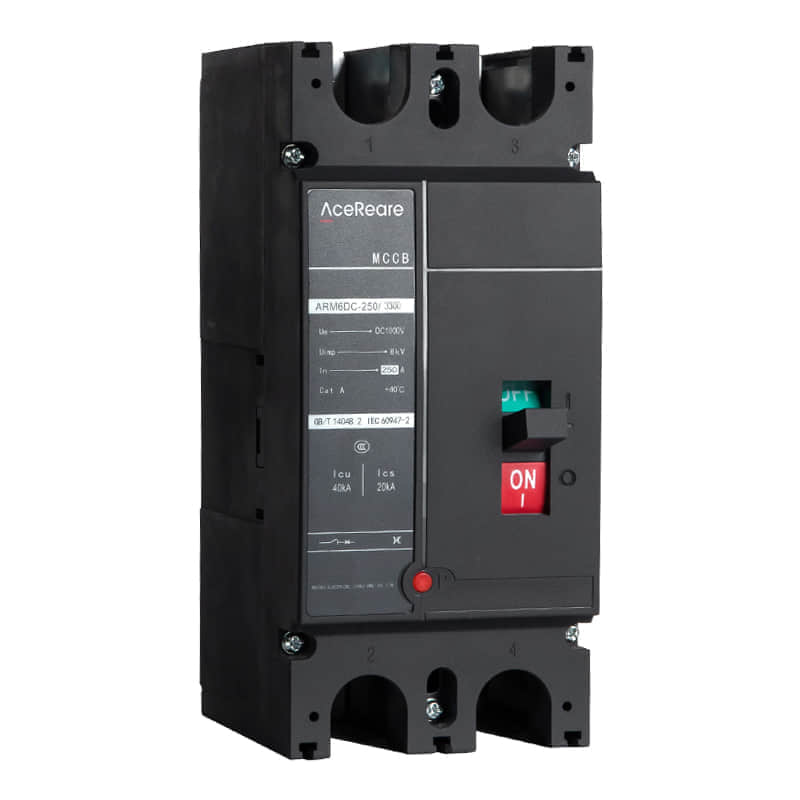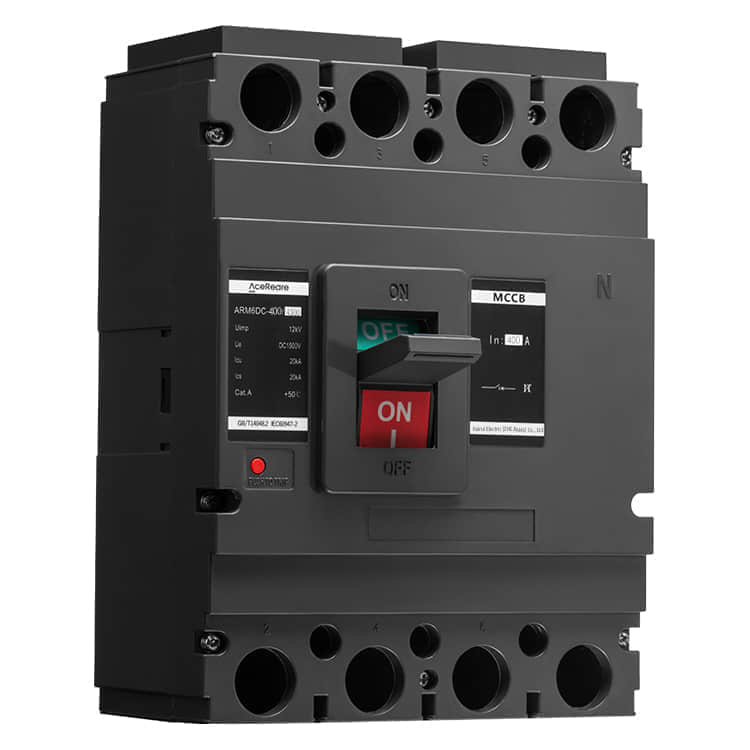Moulded Case Circuit Breakers (MCCB) for PV: Ensuring Safety and Efficiency

The adoption of photovoltaic (PV) systems has seen a remarkable surge in recent years as the world moves towards sustainable energy sources. As PV installations become increasingly prevalent, the importance of safety and efficiency cannot be overstated. One crucial component in PV systems that plays a pivotal role in ensuring both safety and efficiency is the Moulded Case Circuit Breaker (MCCB). In this article, we will delve into the significance of MCCBs in PV systems and how they contribute to the reliability of solar energy generation.

Understanding MCCBs MCCBs are electrical protection devices that offer essential safeguards against overcurrents, short circuits, and other electrical faults in a circuit. These devices are designed to interrupt the electrical flow when the current exceeds a preset threshold, thus preventing damage to the electrical equipment and minimizing the risk of electrical fires. The Role of MCCBs in PV Systems Overcurrent Protection:One of the primary functions of MCCBs in PV systems is to protect against overcurrents. These overcurrents can occur due to various factors, such as electrical faults, equipment malfunction, or excessive load. MCCBs are designed to trip and disconnect the circuit when the current surpasses the specified rating, thereby preventing damage to the PV system components. Short Circuit Protection:Short circuits can pose a significant risk in any electrical system, including PV installations. MCCBs are capable of swiftly detecting and interrupting the flow of electricity in the event of a short circuit, mitigating the potential for damage to the solar panels, inverters, and other critical components. Selective Coordination:In complex PV systems, where multiple MCCBs may be employed, selective coordination is essential. This means that the MCCBs are coordinated to ensure that only the MCCB closest to the fault trips, minimizing downtime and disruption to the rest of the system. Remote Monitoring and Control:Modern MCCBs are often equipped with remote monitoring and control capabilities. This allows for real-time monitoring of the PV system’s electrical parameters and the ability to remotely trip or reset the MCCB if necessary, enhancing the system’s overall manageability and safety. Adjustable Settings:MCCBs can typically be adjusted to specific current ratings, providing flexibility in catering to the unique requirements of different PV systems. This adjustability ensures that the MCCB operates optimally, providing reliable protection without unnecessary tripping. Choosing the Right MCCB for Your PV System Selecting the appropriate MCCB for a PV system is a critical decision. Factors to consider include the system’s current rating, voltage, and coordination requirements. Additionally, it’s essential to adhere to local electrical codes and standards when choosing and installing MCCBs to ensure compliance and safety. Conclusion In the dynamic landscape of renewable energy, PV systems play a pivotal role in reducing our reliance on fossil fuels and mitigating climate change. Ensuring the safety and efficiency of these systems is paramount, and Moulded Case Circuit Breakers (MCCBs) are integral to achieving this goal. MCCBs provide robust overcurrent and short circuit protection, support selective coordination, and offer remote monitoring capabilities, all of which contribute to the reliability and safety of PV systems. When designing and installing photovoltaic installations, investing in high-quality MCCBs is a crucial step towards a sustainable and secure energy future.
